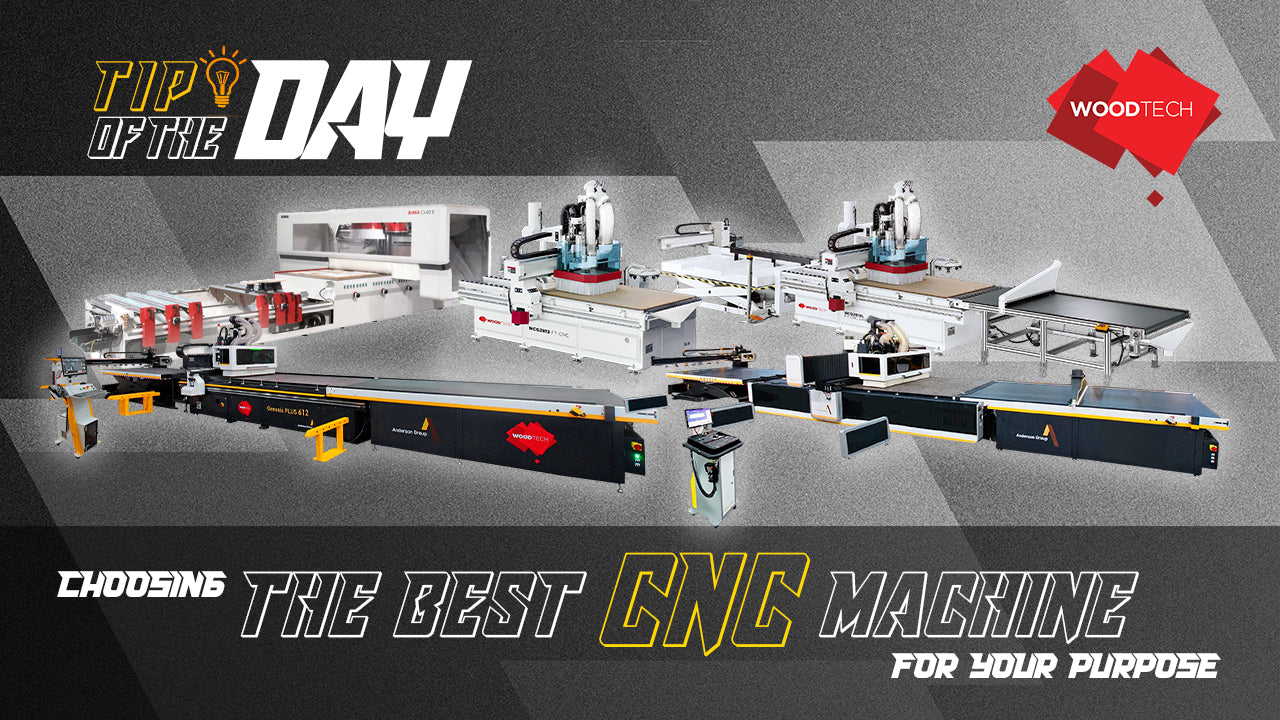A Computer Numerical Control (CNC) machine is handy for delivering quality work while saving time for cutting. Whether you are a small business owner or a big company, investing in a CNC machine(s) can be a significant investment for which you should take your time and research to make the best choice for your intended purpose. This article will review some important factors to consider before selecting and buying a CNC machine.

Choosing the suitable CNC machine for your task is essential since there are various CNC tools; selecting the wrong machine can render it useless for your job. CNC machines come with different operating systems; they might not be compatible with the specific computer software you use to design your models. Only some operating systems are exceptionally user-friendly or challenging to learn. Still, some might allow you to shape models with wood, plastic or soft metals all in one machine. This blog post will assist you in making the right choice with some tips and tricks; in the end, every workshop can use a good and the right CNC router for its various projects.
Wood Tech sales representatives can advise you on suitable machines and tools for your project. You can contact customer support through this link.

Processor
The most widely purchased tool is a 3-axis tool that works on models in three directions (X-axis, Y-axis, Z-axis). These routers are useful for already most projects. It is often a good price/quality choice. While using these machines, the spindles stay on the same course, making it an excellent beginner CNC unit for teaching student operators.
A 4-axis router has, just like the 3-axis, an X; Y; Z axis, but additionally, the spindle can also move to the left or right, allowing you to graze simultaneously on all three axes. With this type, you can make more complex 3D models and patterns.
CNC machines also have rotary spindle tools most suitable for your cylindrical and 3D projects. The rotary axis allows you to graze simultaneously on all four surfaces, which makes it a multipurpose tool.

Motor
CNC machines come with two different kinds of motors, servo and stepper motors, but they have additional capabilities, which can be crucial in choosing a suitable machine.
The servo motor allows higher speeds and resists overload for a longer-lasting tool. The motor runs quieter and more steadily than the stepper motor and is ideal for intricate patterns. A faster motor speed is essential for the efficiency of the CNC machine.
A stepper motor is cheaper and often reduces the machine's total cost to a more affordable price. However, it comes with the downside of a slower running speed, but the machine will still be good for smaller projects. Stepper motors are easy to control, dependable and precise.
Drive
CNC machines have two transmission drive systems, a screwdriver and a rack drive.
The rack drives are a much more accurate transmission and are suitable for taking on more significant projects. This drive is the most expensive of the two kinds but allows higher speeds and a longer tool lifetime. This type of drive also allows using a laser module for adequate engraving depth, which is impossible with a screwdriver.
Screw drives are the basic version of the two types; they have a shorter expectation for tool life and slower speeds. If the drive is not installed correctly, the risk exists that the screwdriver can become loose and needs tightening. This type of drive is primarily for smaller carving projects.

Spindle
The spindle is an essential part of the CNC module, which rotates on an axis. The spindle becomes very hot during operation and needs to be cooled to prevent wear of the material and overheating. They come air-cooled or with a water-cooling system.
When the spindle is air-cooled, a fan constantly flows fresh air to cool it down. It’s an easy cooling system that is user-friendly, has a higher efficiency and is more economical.
A water-cooled spindle is more suitable for higher rotating speeds and is quieter than a fan for air cooling but generally stays more extended breakdown free; the system is more complex to repair yourself.

Table size and bed
The last thing to consider is what table the unit should be equipped with; depending on how you want to use the CNC, you can go for an aluminium table on which you have the clamp your model. Clamping it to the table comes with more vibrations, which makes the end result less precise.
As an alternative, the choice can go to a vacuum table which sucks the project to the table; it becomes one unit which results in fewer vibrations and more precise results.

